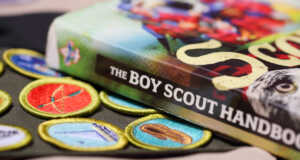Close the doors, and a dirty refrigerator is out of sight and out of mind, but it’s far from safe. With spring around the corner, you may be cleaning your closet or your car. But cleaning your refrigerator? Even though a spa treatment for your refrigerator sounds like a lot of work, it’s worth the extra effort! Here are some warning signs and tips for keeping your refrigerator safe and to keep dangerous bacteria at bay.
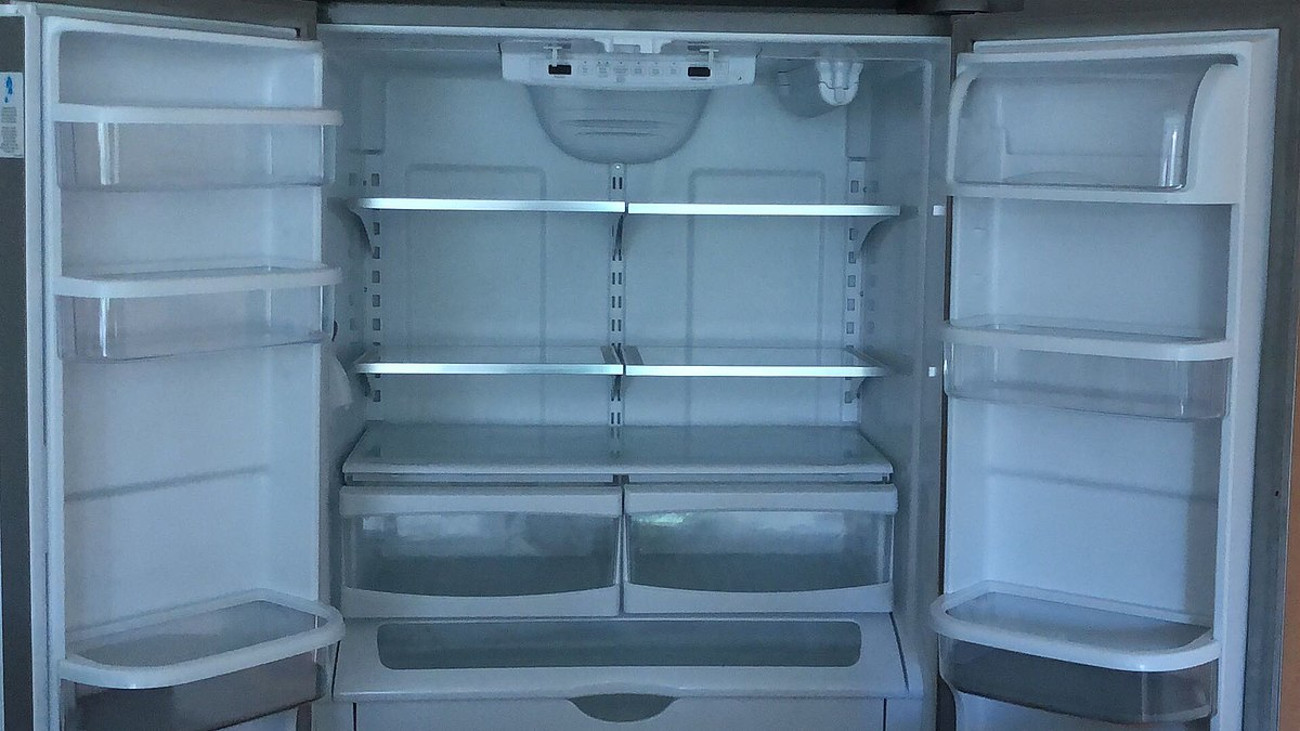
Is 40°F really the ideal temperature? Sure, many bacteria cannot survive at 40°F, but some can live and multiply in these conditions. There are two different types of bacteria – spoilage and pathogenic. We are all familiar with the image of spoiled food. Spoilage bacteria have visible signs on food such as changes in smell, color, and taste, yet it’s the pathogenic bacteria that are dangerous. Since their presence is undetectable, you won’t know that the food is bad until you get sick.
At some point or another, you may have come across or experienced food poisoning. Food poisoning is commonly caused by salmonella. A common mishandling or cleaning of things like meat, produce, and even spices can lead to massive nationwide illness. However, in terms of the pathogens, listeria is far more hazardous. As we’ve seen with the recent salad mix, pork, and kale recalls, listeria outbreaks happen with both unprocessed and factory processed foods, but the consequences can be way more deadly.
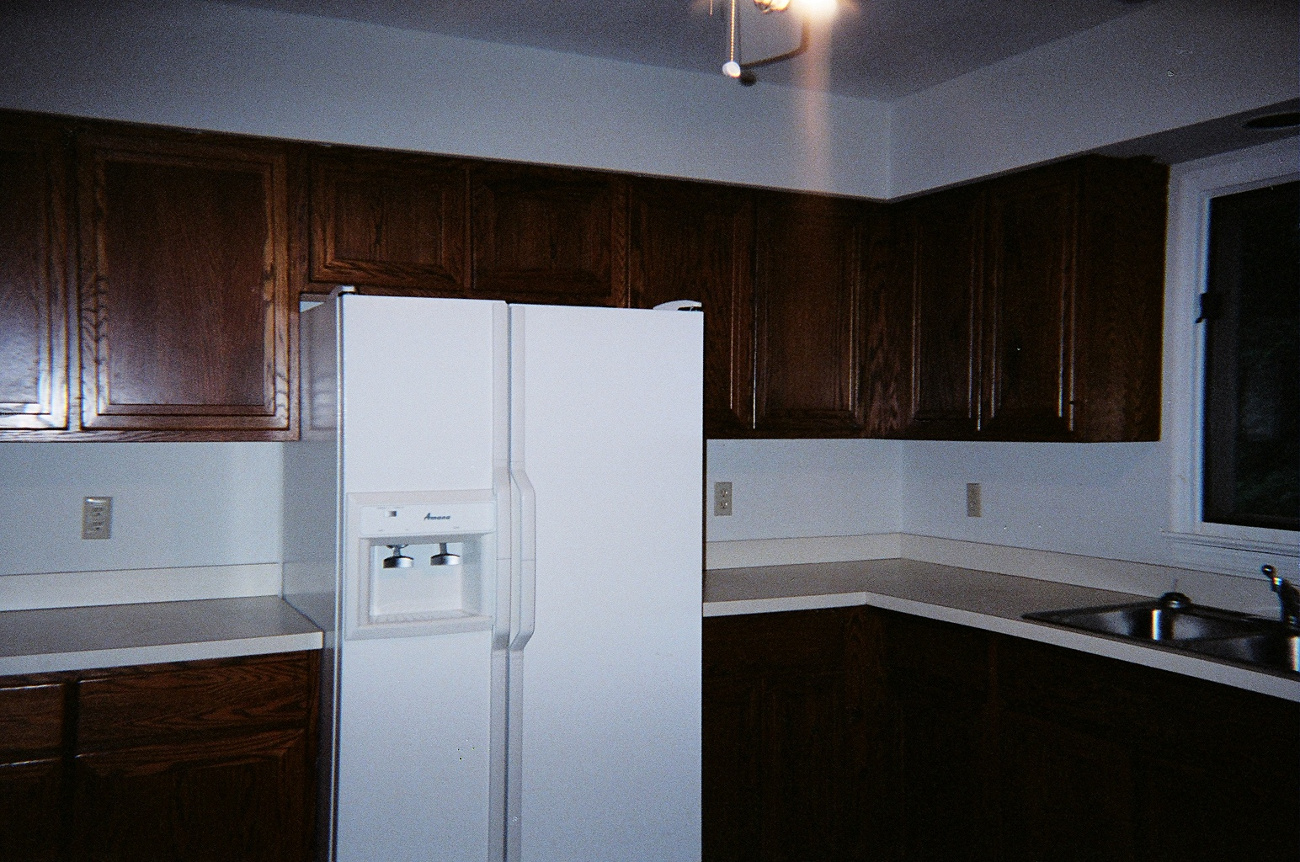
Pathogenic bacteria is dangerous because it can survive in and grow at 40°F. Even though 40°F slows down bacterial growth, listeria will still grow in a refrigerated environment. If this bacteria comes in contact with other food, it can spread, contaminating the rest of your food.
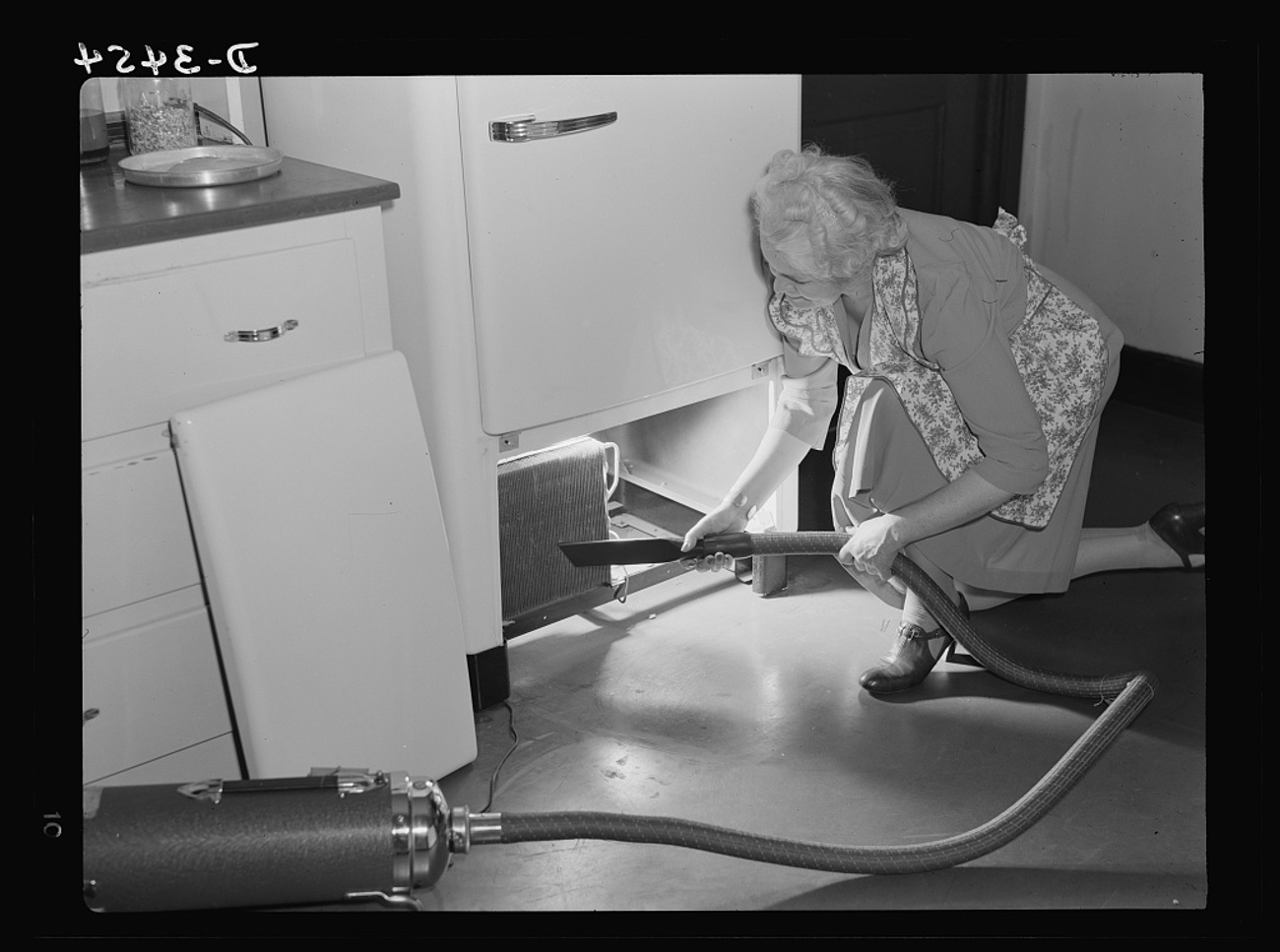
So how can you avoid food spoilage and poisoning? Here’s an easy warning to look out for. Temperature is a tell-tale sign that things aren’t right. If food feels too warm then it is too warm. Though the standard temperature for a refrigerator’s interior is 40°F, try lowering it just a bit. According to Consumer Reports lowering your refrigerator to 37°F (a range of 35°F to 38°F is okay too) keeps foods at a safe temperature. Don’t worry, this trick won’t freeze your food. Instead, this lower range acts as a buffer against the temperature danger zone (40°F to 140°F). Better yet each time you reach into the refrigerator, you’re guaranteed to have a crisp vegetable and cold milk.
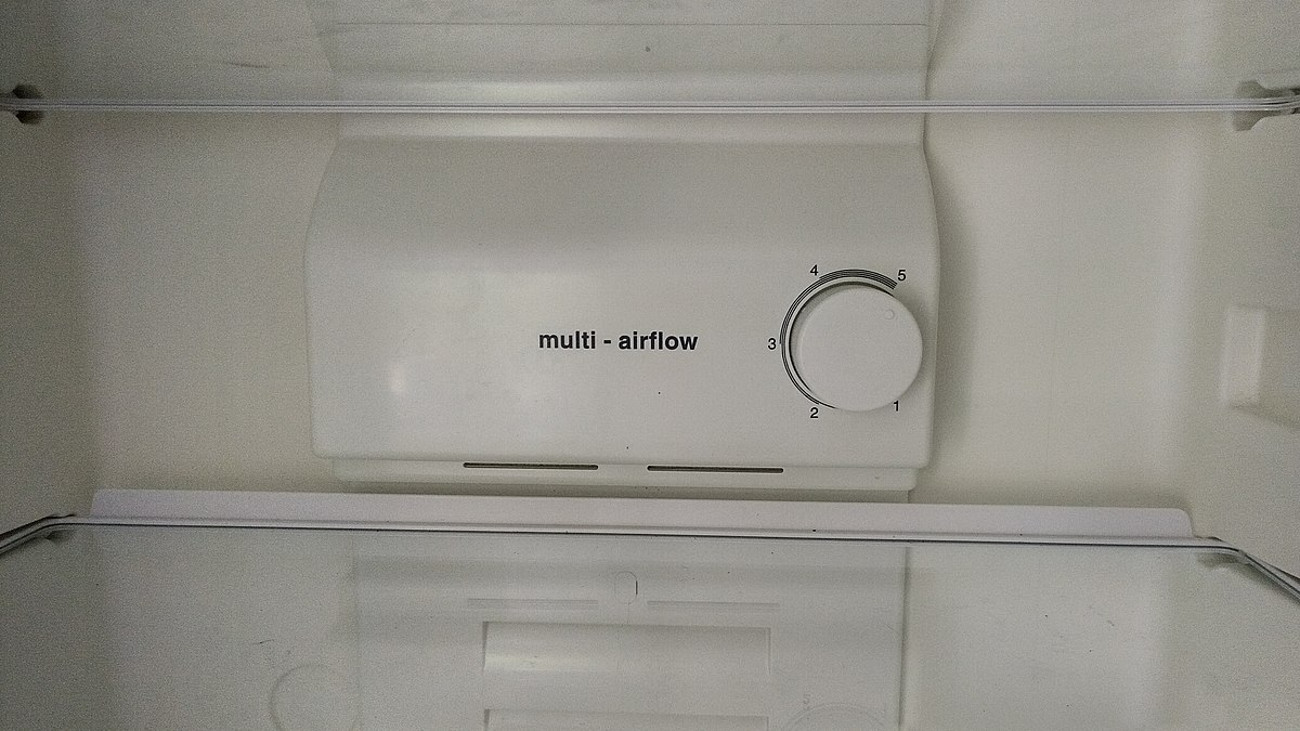
The problem is most refrigerators have a temperature dial that ranges from one to five, so there’s no way to know the exact temperature. Though a thermometer is an extra purchase, it’ll save you the hassle of overhauling your entire refrigerator. With a thermometer you’ll be able to get an exact numerical read on what’s going on. You may not be able to recalibrate your refrigerator, but you’ll be able to know your safe temperature range.

The second best thing to do is to clean your refrigerator. Start from the outside. Try pushing the refrigerator away from the wall and sweeping behind and below. Remove the grate from the bottom front and dust out any hidden fur and dirt. This debris can block the vents, inhibiting proper and efficient motor circulation.
For quick cleaning, wipe down your shelves between grocery trips. Grocery store shelves are seldom sanitized. Before storing containers in the refrigerator, clean them off with a towel sprayed with some disinfectant. A good example of this is milk. In dairy coolers, there are always cartons that break open. Most containers then get covered with spoiled milk residue. A quick wipe down keeps both your shelves and other food clean and safe.
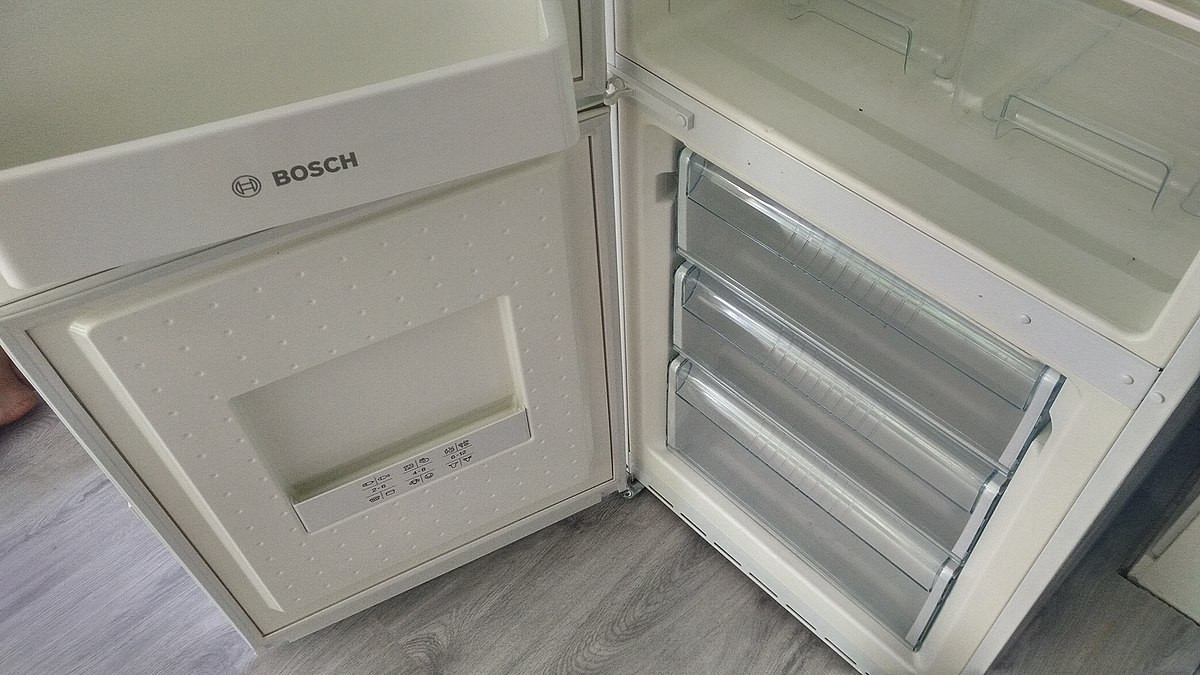
For a deeper clean, remove the drawers and wipe the very bottom of your refrigerator. The juices from rotting and leaking food pool below. If you can’t find the source of a smell, it’s probably hiding down there. Along with regular quick cleaning, a box of baking soda in the refrigerator will absorb strong food odors. Use these tips to keep on top of your refrigerator’s cleanliness.

